“I’m a GIF gal and you are emoji men,” says Sara. “Is it the eggplant emoji?” she teases.
Trajce rolls his eyes and, in his exasperation, argues that it takes 3 seconds for the conversation to devolve among our trio. “I wouldn’t know,” he says, “it is just a nightshade fruit to me.”
Trajce limits his hieroglyphics lexicon of an emoji library to four: the smiley face, the cappuccino, a beer stein, and a glass of red wine. “In vino veritas… in wine, there is truth,” he shares the Latin phrase attributed to Pliny the Elder. “The impact of emoji communication depends on the context,” Alan evaluates. Trajce explains a legal case when a worker communicated with another worker by using a zipper-mouth emoji face, and the recipient perceived this as defamatory. Emojipedia (yes, emojipedia) may define the emojis, but Alan argues that perception matters most.
This episode asks: What is your emoji lexicon in communication style and range, to whom do you send emojis, why, and in what context? What is your method of effective visual storytelling in your organisation, what design strategy compels that method, and is this done in an inclusive way?
Sara shares statistics, like, “Every day, in modern-day communication, 900 million emojis are sent unaccompanied by text on Facebook messaging.”
For other episodes on employee perception and occupational psychosocial consequences, listen to Season 01 Episode 11: I may not like you – But that’s okay and on the social media digital footprint, listen to Season 02 Episode 10: Name and shame: Where is the filter?
